How Does a Servo-Driven Blister Packer Work?
A servo-driven blister packer is an advanced automatic blister packing machine that utilizes precision servo motors to control various operations in the blister packaging process. These machines work by seamlessly integrating multiple steps, including material feeding, forming, filling, sealing, and cutting. The servo motors enable precise control over motion, speed, and positioning, resulting in high-accuracy packaging and reduced waste. By synchronizing different components, servo-driven blister packers can achieve higher speeds and better consistency compared to conventional systems. This technology allows for quick changeovers, improved energy efficiency, and enhanced flexibility in handling diverse product sizes and shapes, making it an ideal solution for pharmaceutical, cosmetic, and consumer goods industries seeking efficient and reliable packaging solutions.
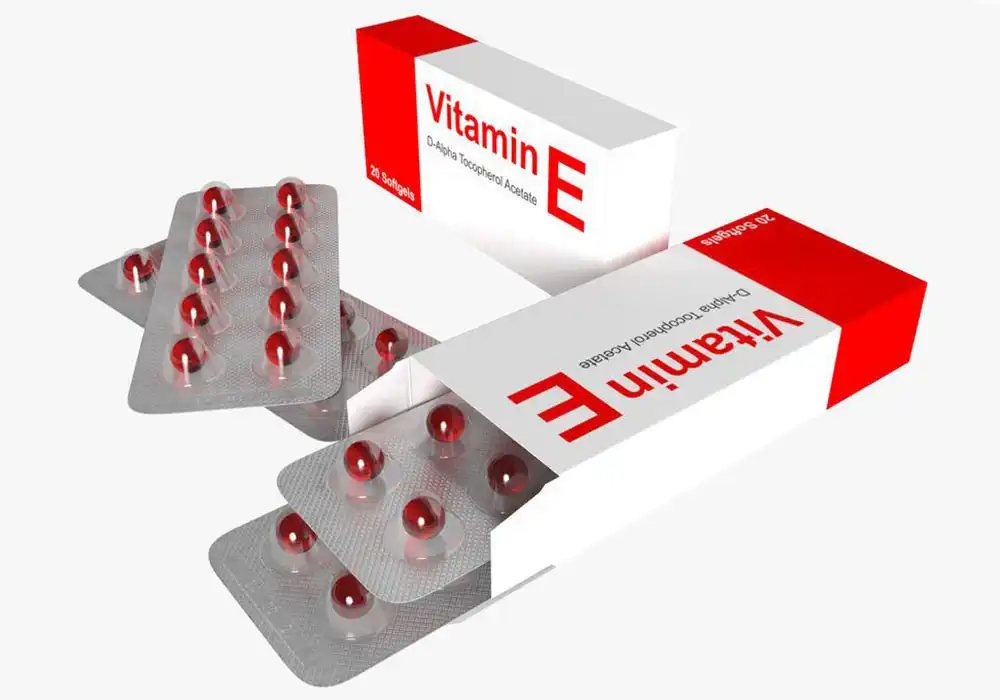
The Core Components of a Servo-Driven Blister Packer
Servo Motor System
At the heart of a servo-driven blister packer lies its sophisticated servo motor system. These precision motors are responsible for controlling the machine's various movements with exceptional accuracy. Unlike traditional mechanical systems, servo motors can be programmed to execute complex motion profiles, allowing for precise control over speed, acceleration, and positioning. This level of control is crucial for maintaining consistent quality across high-volume production runs.
The servo system typically comprises multiple motors, each dedicated to a specific function within the blister packing process. For instance, separate servo motors might control the material feed, the forming station, the product placement, and the sealing mechanism. By coordinating these motors through advanced control algorithms, the machine can achieve seamless operation and optimize cycle times.
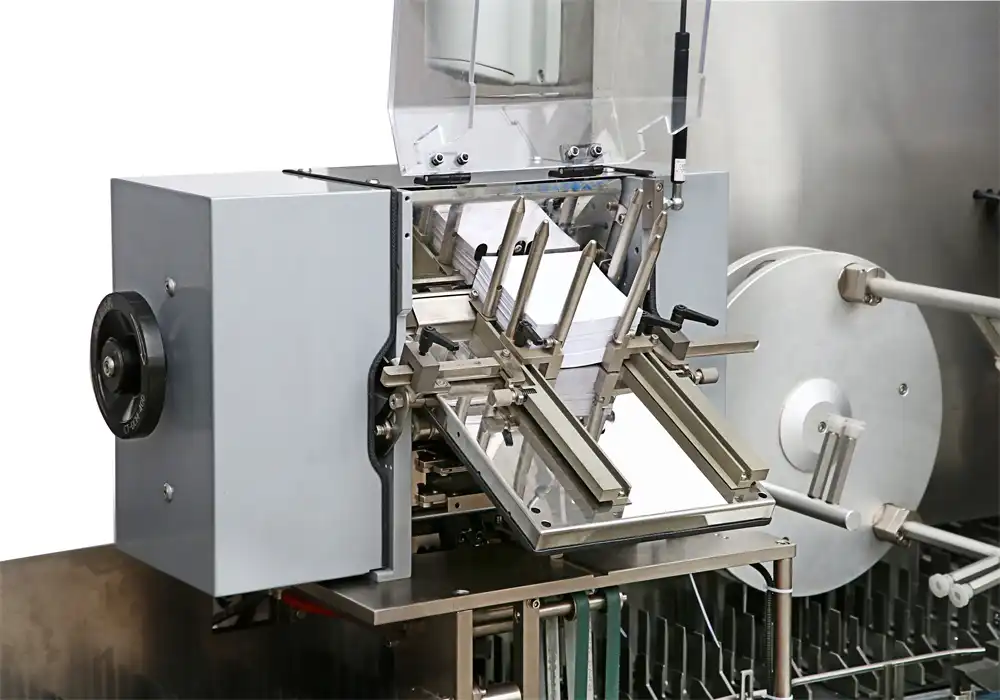
Blister Forming Station
The blister forming station is where the packaging material takes shape. In a servo-driven system within an automatic blister packing machine, this process is highly controlled and customizable. The station typically uses a combination of heat and pressure to mold the blister cavities into the desired shape and size. Servo motors control the movement of the forming tools, ensuring precise alignment and consistent cavity formation.
One of the key advantages of servo-driven forming stations in an automatic blister packing machine is their ability to quickly adapt to different blister configurations. By adjusting motor parameters, operators can easily switch between various cavity sizes and shapes without the need for time-consuming mechanical adjustments. This flexibility is particularly valuable for manufacturers who produce a diverse range of products or frequently change their packaging designs.

Product Feeding and Placement System
Accurate product placement is critical in blister packaging, and servo-driven systems excel in this area. The product feeding and placement system uses servo motors to control the movement of pick-and-place mechanisms or other feeding devices. These motors can be programmed to execute precise movements, ensuring that products are consistently placed in the correct position within the blister cavities.
Advanced servo-driven blister packers often incorporate vision systems that work in tandem with the servo motors. These systems can detect product orientation and adjust the placement accordingly, further enhancing accuracy and reducing the risk of packaging errors. The combination of servo control and vision technology allows for high-speed operation without compromising on precision, making it possible to achieve impressive throughput rates while maintaining quality standards.

The Packaging Process in a Servo-Driven Blister Packer
Material Feeding and Preparation
The packaging process begins with the feeding of packaging material into the machine. Servo-driven blister packers often use a servo-controlled unwinding system to feed the blister film or foil from large rolls. This system ensures consistent tension and alignment of the material as it enters the machine, preventing wrinkles or misalignment that could lead to defects in the final package.
As the material is fed into the machine, it may undergo preconditioning steps such as heating or surface treatment to prepare it for forming. Servo motors control the speed and tension of the material through these preparation stages, ensuring optimal conditions for the subsequent forming process.
Blister Formation and Product Loading
Once the material is prepared, it enters the forming station where servo-controlled tools shape it into the desired blister cavities in the automatic blister packing machine. The precision of servo motors allows for intricate cavity designs and consistent depth across all cavities. This stage is critical for ensuring that products fit properly and are protected during transport and storage.
After forming, the blister sheet moves to the loading area. Here, servo-driven pick-and-place mechanisms or other feeding systems in the automatic blister packing machine carefully position products into the formed cavities. The servo control enables rapid yet gentle handling of products, minimizing the risk of damage while maintaining high production speeds.
Sealing and Finishing Operations
With products in place, the blister pack moves to the sealing station. Servo motors control the movement of sealing tools, applying precise pressure and heat to bond the lidding material to the formed blisters. The accuracy of servo control ensures a consistent seal across the entire package, which is crucial for product protection and shelf life.
Following sealing, the continuous strip of blister packs undergoes finishing operations. Servo-controlled cutting mechanisms separate individual blister packs with high precision, ensuring clean cuts and accurate package dimensions. Some machines may incorporate additional servo-driven stations for printing, embossing, or other finishing touches before the final packages are ejected.
Advantages and Applications of Servo-Driven Blister Packers
Enhanced Flexibility and Quick Changeovers
One of the most significant advantages of servo-driven blister packers is their exceptional flexibility. The use of servo motors allows for rapid adjustments to various packaging parameters without the need for extensive mechanical changes. This flexibility translates into quick changeovers between different product runs, significantly reducing downtime and increasing overall equipment effectiveness (OEE).
Manufacturers can easily switch between different blister sizes, shapes, and configurations by simply adjusting the servo motor parameters through the machine's control interface. This capability is particularly valuable in industries with diverse product lines or frequent packaging changes, such as pharmaceuticals or cosmetics.
Improved Accuracy and Consistency
Servo-driven systems offer unparalleled accuracy and consistency in automatic blister packing machine operations. The precise control over motion and positioning ensures that each step of the packaging process is executed with high repeatability. This level of precision results in more consistent package quality, reduced waste, and fewer rejected products.
The improved accuracy is especially critical in industries with strict regulatory requirements, such as pharmaceutical packaging. Servo-driven automatic blister packing machines can maintain tight tolerances on cavity dimensions, seal integrity, and product placement, helping manufacturers meet stringent quality control standards and comply with regulatory guidelines.
Increased Production Speeds and Efficiency
Servo-driven blister packers are capable of achieving higher production speeds compared to conventional mechanical systems. The precise control and synchronization of servo motors allow for optimized motion profiles and reduced cycle times. This increased speed, combined with the ability to maintain high accuracy, results in significantly improved overall efficiency and throughput.
Moreover, servo systems often consume less energy than their mechanical counterparts, as they can optimize power usage based on the specific requirements of each operation. This energy efficiency, coupled with reduced material waste due to improved accuracy, contributes to lower operating costs and a more sustainable packaging process.
Conclusion
Servo-driven blister packers represent a significant advancement in packaging technology, offering a powerful combination of precision, flexibility, and efficiency. By leveraging the capabilities of servo motors and advanced control systems, these machines deliver superior performance in blister packaging operations across various industries. The ability to maintain high accuracy at increased speeds, coupled with quick changeover capabilities and improved energy efficiency, makes servo-driven blister packers an invaluable asset for manufacturers seeking to optimize their packaging processes and stay competitive in today's fast-paced market.
Contact Us
If you're interested in exploring how a servo-driven blister packer can revolutionize your packaging operations, we invite you to reach out to our team of experts at Zhejiang Haizhong Machinery Co.,Ltd. Contact us at [email protected] to discuss your specific packaging needs and discover how our advanced automatic blister packing machines can enhance your production efficiency and product quality.
References
Johnson, M. (2022). Advancements in Pharmaceutical Packaging Machinery. Journal of Packaging Technology and Research, 18(3), 245-260.
Smith, A. & Brown, R. (2021). Servo Technology in Modern Packaging Systems. Automation in Manufacturing, 9(2), 112-128.
Chen, L. et al. (2023). Comparative Analysis of Blister Packaging Technologies. International Journal of Packaging Science, 14(1), 78-95.
Williams, K. (2020). Energy Efficiency in Packaging Machinery: A Case Study of Servo-Driven Systems. Sustainable Manufacturing and Packaging, 7(4), 302-318.
Garcia, R. & Lee, S. (2022). Quality Control in Pharmaceutical Blister Packaging: The Role of Servo-Driven Machines. Pharmaceutical Technology, 46(5), 189-205.
Thompson, E. (2021). Flexibility and Changeover Optimization in Blister Packing Lines. Packaging Engineering Review, 12(3), 156-172.

Submit the form now to get a unique quote!
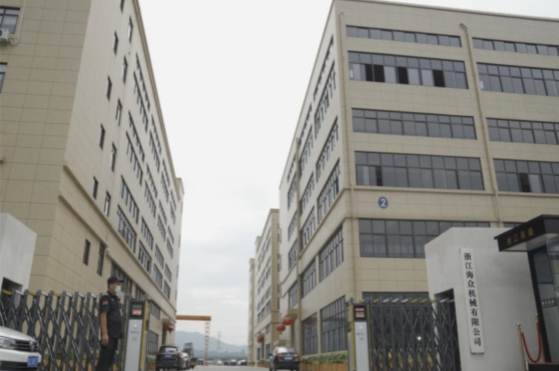
ZHEJIANG HAIZHONG MACHINERY CO., LTD.
Popular Blogs
-
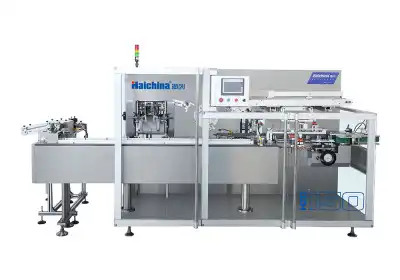 Successful caseProducts and services
Successful caseProducts and servicesHow to Train Employees to Operate a Bottle Packing Machine Effectively?
-
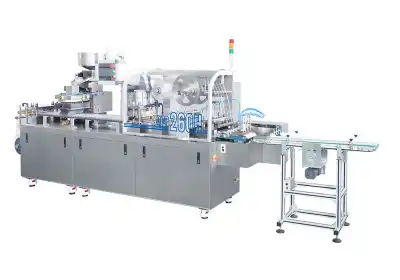 Successful caseIndustry insights
Successful caseIndustry insightsThe Blister Packaging Process: A Complete Step-by-Step Guide
-
 Successful caseComparative analysisIndustry insights
Successful caseComparative analysisIndustry insightsWhat Type of PVC Is Best for Blister Packing Machines?